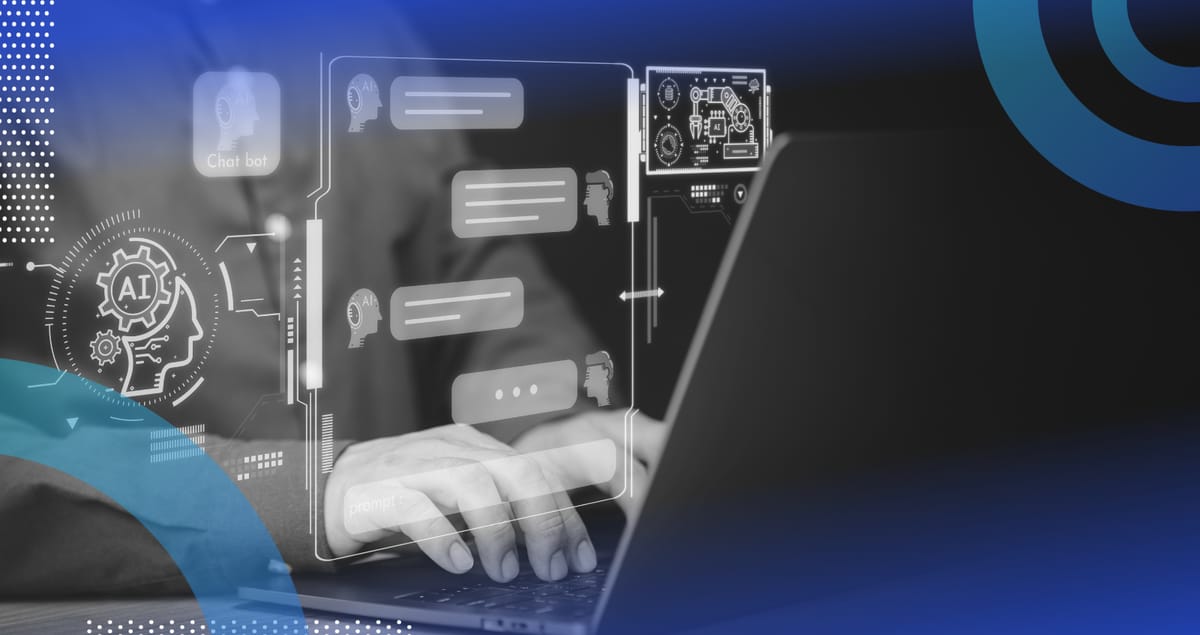Leveraging Generative AI in Your Career Safely

The Rise of Generative AI in the Workplace
Generative AI has swiftly evolved from an intriguing idea to an essential tool for many professionals. While management may or may not be aware, employees are increasingly turning to platforms like ChatGPT to enhance their productivity, generate ideas, and draft various forms of communication. Recent findings indicate that nearly half of employees are already using generative AI tools in their work, with 68% doing so without informing their supervisors or IT departments, according to a report by Fishbowl.
Understanding the Quiet Adoption of Generative AI
Employees are utilizing generative AI for tasks such as composing emails, summarizing meetings, drafting reports, and even writing code. These tools are appealing because they save time, encourage creativity, and offer solutions where traditional tools fall short. However, a lack of clear guidelines and approved platforms leads many employees to navigate this new technology without IT’s knowledge. This phenomenon, often called shadow IT, raises concerns about data security, regulatory compliance, and internal processes.
It’s essential to recognize that this silent adoption isn’t an act of rebellion; it’s a practical response to high-pressure situations. When individuals feel they need tools to perform effectively, they may turn to whatever is available, even if those options exist outside their organization’s purview, creating potential privacy risks.
Key Missteps That Could Lead to Job Loss
While asking simple questions on ChatGPT may seem harmless, entering sensitive data, such as client details or proprietary information, can result in severe consequences, including termination. Large language models can retain user input, and even if platforms claim they don’t retain data, your information may still be logged or vulnerable to breaches. Failing to safeguard such data can lead to significant privacy risks.
There’s also the threat of over-reliance on AI-generated content. Submitting AI-created work without rigorous checks can lead to inaccuracies and regulatory violations. For instance, in 2023, attorney Zachariah Crabill lost his job after submitting a court motion created using ChatGPT that used fabricated legal citations. This incident highlights the importance of cautious use and deep awareness of the risks associated with generative AI.
Navigating Generative AI Safely
To leverage the benefits of tools like ChatGPT without jeopardizing your employment, consider these straightforward tips:
10 Tips for Safe AI Use at Work
Know Your Company’s AI Policy: Familiarize yourself with your organization’s AI usage policy and governance framework. If your organization lacks one, advocate for the creation of guidelines.
Limit Information Shared: Share only public or non-sensitive data when using AI tools.
Utilize Secure Technology: If you must use sensitive information, consider using secure AI data gateways that protect this data from being accessed by AI models.
Stick to Approved Platforms: Use company-sanctioned AI tools that provide transparency in their algorithms and offer security features.
Avoid Sharing Confidential Data: Treat any proprietary information like you would sensitive company communications, steering clear of public AI tools.
Double-Check AI Outputs: Always verify information generated by AI before sharing or submitting it.
Consider Data Safety Techniques: Use data anonymization and minimization strategies to protect sensitive information.
Stay Informed on AI Ethics: Be aware of potential biases within AI and ensure ethical considerations guide your AI interactions.
Implement Data Protection Measures: Take proactive steps to safeguard sensitive data and be alert to the risks of data leakage.
- Keep Updated on Privacy Risks: Regularly review your understanding of the privacy implications surrounding the use of AI tools.
Responsibilities of Employers
Many organizations are lagging in creating robust AI governance frameworks. An outright ban on AI is impractical, yet ignoring its presence is perilous. Organizations need to strike a balance as AI tools become woven into daily operations, ensuring consistent practice and safeguarding against vulnerabilities.
Companies should adopt tools that safeguard data from the outset by using platforms equipped with data leakage protection and encryption measures. Providing employee training on responsible AI use is equally important. Equipping staff with secure, sanctioned alternatives to shadow AI enables companies to benefit from AI’s advantages while maintaining necessary oversight and accountability.
To reinforce transparency and manage potential risks, businesses should consider implementing AI monitoring and audit solutions to track usage, identify threats, and comply with privacy regulations like GDPR and CCPA.
Harnessing AI Responsibly
Generative AI is set to remain a significant aspect of the workplace. With careful use and the right boundaries, it can transform productivity and creativity in your role. Understanding privacy concerns and following data governance guidelines can help you navigate the AI landscape effectively.
In utilizing AI, it is crucial to foster a culture of responsible usage, protecting both individuals and organizations from the risks associated with AI and data privacy. Embracing privacy-first principles and utilizing secure AI data channels can significantly mitigate the challenges presented by adopting AI in the workplace.






